
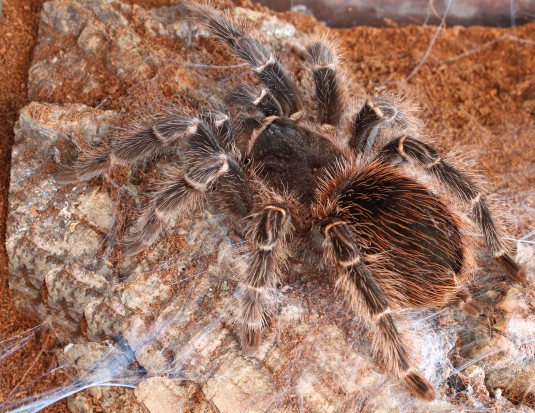
If you keep any kind of invertebrate in a tank, you may find in short order that the enclosed environment of the tank and the humidity levels within it can potentially provide the perfect environment for a range of bugs, parasites and other pests than may prove detrimental to the health of your actual pet. Whether you keep arachnids, bugs, insects or anything else, there are a range of additional life forms that may also find that the tank environment is perfect to sustain life, and this is something that all invertebrate owners should be aware of and know how to address.
In this article, we will cover some of the most common pests and problems that can occur within the invertebrate tank, plus some tips on how to identify and troubleshoot them.
Mites are tiny arachnids from the order Acari, which are rife within the home and thrive around all sorts of life. Mites live on decomposing organic matter, such as shed skin cells and any other protein-rich elements, and can be inadvertently introduced into the invertebrate tank with relative ease.
Mites can lay eggs and reproduce on the body of various types of invertebrate, including arachnids, beetles, cockroaches and millipedes to name just a few.
Some mites even have a symbiotic relationship with their hosts, cleaning up dead skin cells and actually improving the living environment, while some types of mites are purely parasitic and can prove detrimental to the health of your pets in large numbers. You may be able to identify mites on your pet with the naked eye, although they are often hard to spot unless using a magnifying glass or microscope. Look out for general signs of decline in your pet as well as the actual presence of harmful mites in order to identify a potentially problematic infestation.
Nematodes are tiny translucent worms, and are one of the worst pests to find within the tank. They can cause extreme itching and irritation to your pet, and sometimes even consume their eggs. Nematodes are numerous and prolific, and are most easily introduced into the tank by using an infected substrate, such as soil or earth from the garden. They are also commonly found on wild-caught pet invertebrates such as tarantulas and beetles. Use only sealed and sterilised substrates to minimise the likelihood of introducing nematodes into the tank in the first place, as they can be incredibly difficult to eradicate safely and successfully.
Fungus and mould in very small quantities are to be expected in tanks that require a certain level of humidity in order to provide the optimum living conditions for their occupants, but imbalances within the tank ecosystem, too much humidity or not enough cleaning of the tank can soon lead to problems.
Mould and fungus will also thrive on discarded food that is not removed from the tank quickly enough, so cleaning out any uneaten food and replacing the substrate frequently enough to check the spread of fungus ad mould is essential. Fungus and mould can prove poisonous to your pet if consumed, and the spores can cause respiratory problems if inhaled in large quantities.
If you find that despite good husbandry, your tank continues to proliferate fungus or mould, you may need to consider lowering the humidity levels of the tank itself.
Fruit flies and other small flying insects such as gnats and phorid flies are attracted to decomposing food, and a damp substrate. Some parasites such as fungus gnats are, as the name suggests, attracted to fungus and so again, managing fungus and mould within the tank can help to reduce the likelihood of their setting up home within the tank in the first place.
It is important to do what you can to keep these bugs from gaining access to the tank, as fruit flies and other winged flies can quickly lay eggs and reproduce in large numbers within your tank. Again, remove any uneaten food promptly and do not allow it to decompose within the tank. If you find that the ventilation or lid of your tank makes it difficult to keep flying insects out, you may want to use a fly strip on the lid of the tank that will trap any flies that are present, making sure of course that this is well out of the reach of your actual pet!
Various different bacterial strains and even some types of virus may be present within your pet’s tank and even within their bodies, and some of these are “good” strains that are essential to help your pet to break down food and fight off harmful strains of bacteria and infection. However, harmful bacteria and viruses can also potentially infect your tank and your pet, such as the Wolbachia bacteria that is often considered to be the cause of many unexpected deaths among pet insects.
Bacteria and viruses can easily be introduced into the ecosystem of the tank along with food such as crickets, so it is important to ensure that your live food supply is healthy, well, and comes from a reputable supplier that keeps their stock in the appropriate living conditions.
Regularly cleaning out the tank and taking care what you introduce into the tank in terms of substrate, food, and additional pets can all help to keep the presence and associated risks of harmful bacteria and viruses within the tank to a minimum.
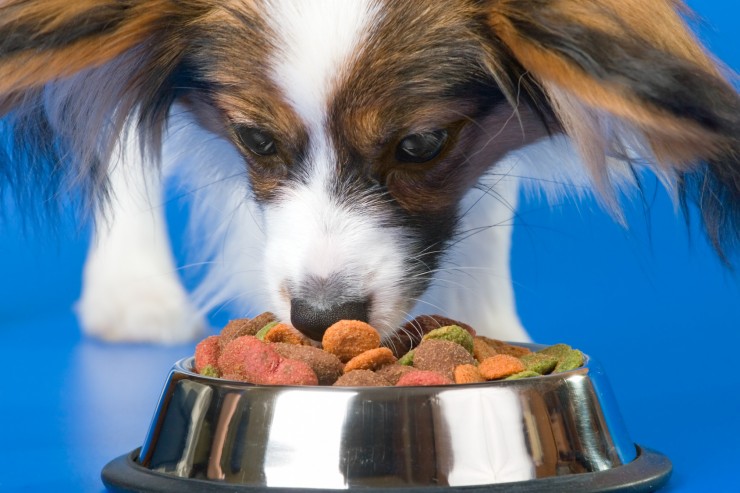 Six Good Reasons For Feeding The Right Diet For Your Dog’s Age
Six Good Reasons
Six Good Reasons For Feeding The Right Diet For Your Dog’s Age
Six Good Reasons
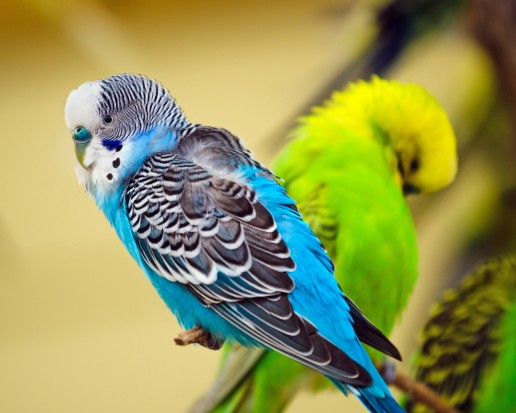 Budgerigar Colour Genetics
Budgerigar Colour
Budgerigar Colour Genetics
Budgerigar Colour
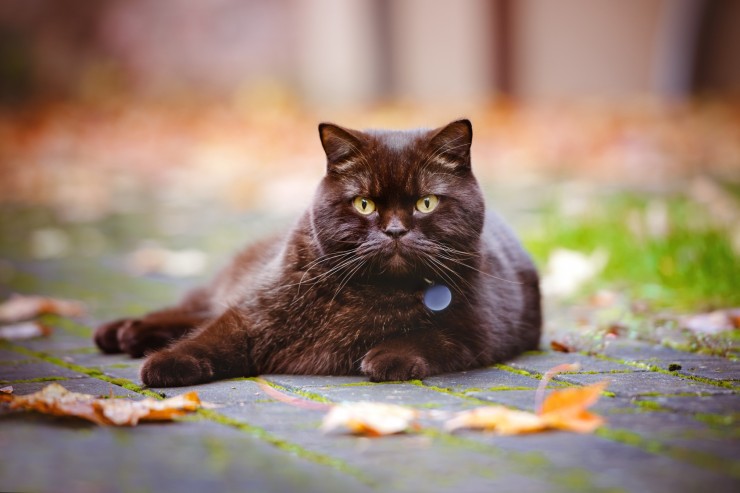 How To Work Out A Cat Or Kitten’s Age
How To Work Out A
How To Work Out A Cat Or Kitten’s Age
How To Work Out A
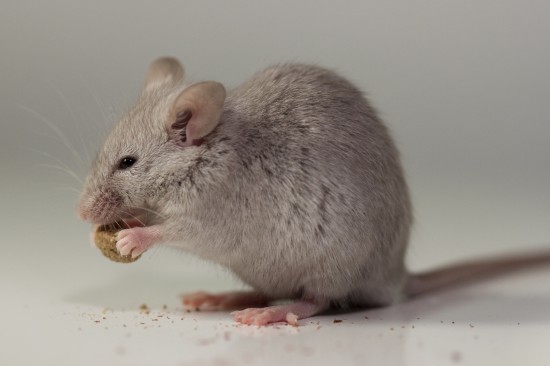 What Do Mice Eat?
What Do Mice Eat?
What Do Mice Eat?
What Do Mice Eat?
 Breeding From Your Dog - Caring For The Litter During Their First Two Weeks Of Life
Breeding From You
Breeding From Your Dog - Caring For The Litter During Their First Two Weeks Of Life
Breeding From You
Copyright © 2005-2016 Pet Information All Rights Reserved
Contact us: www162date@outlook.com